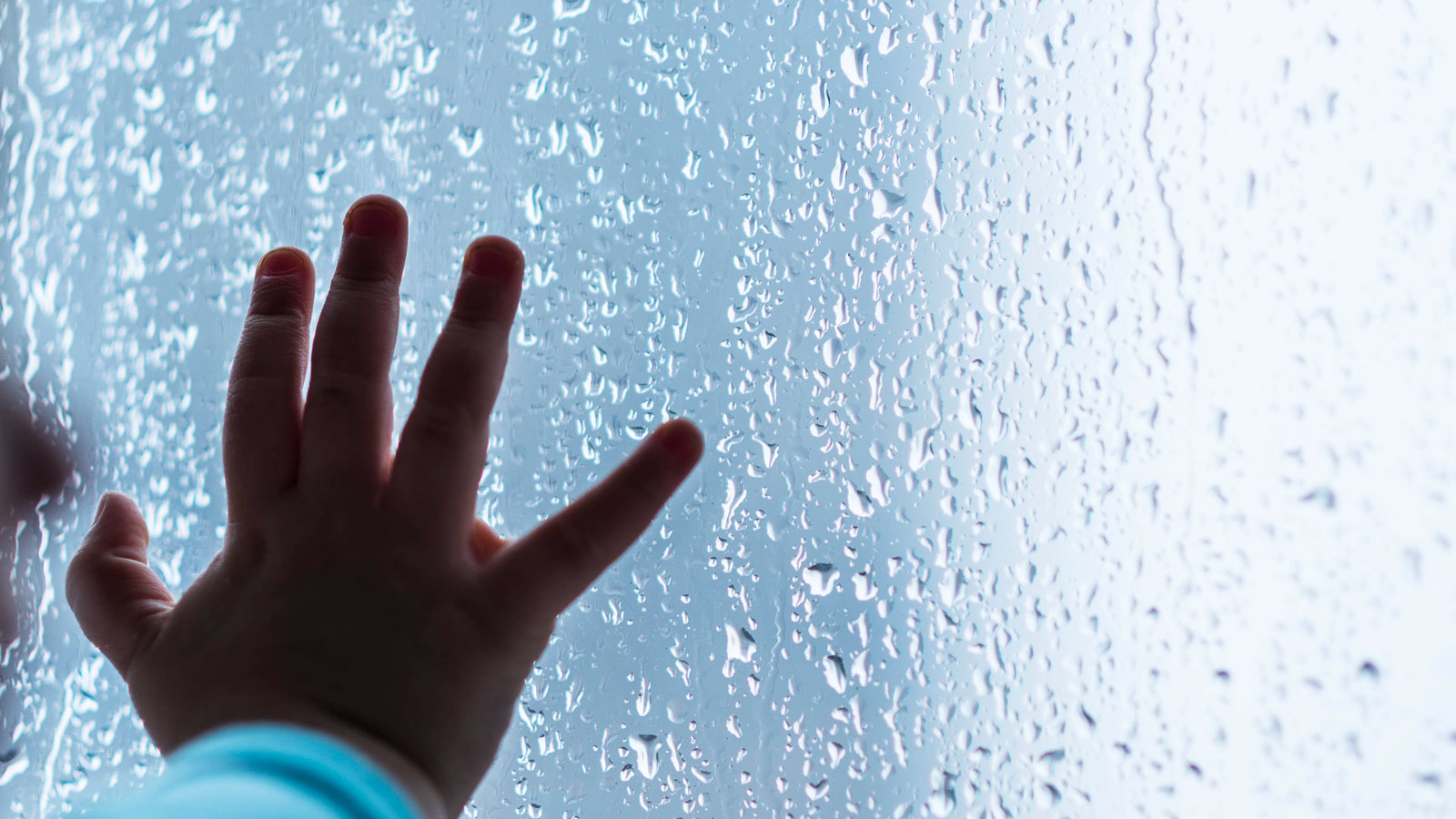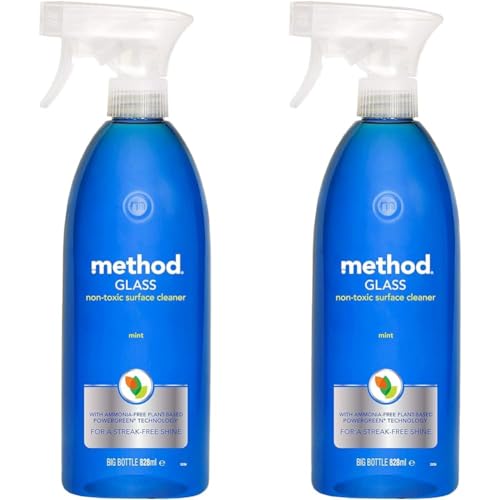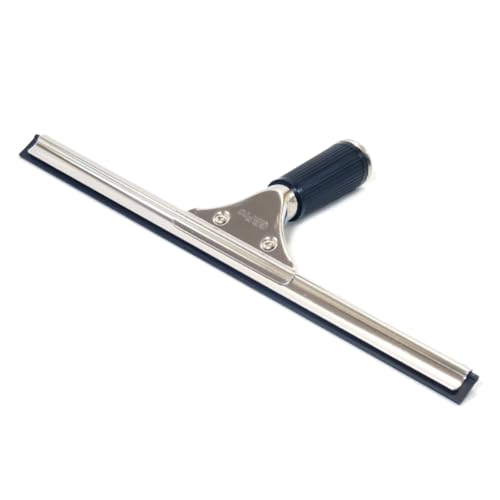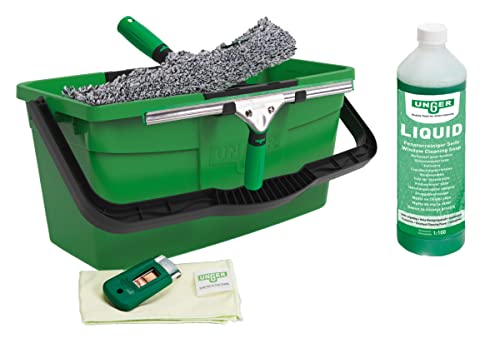What causes condensation outside windows? How to stop it happening
Here we look at the issues that lie behind condensation outside windows and what you can do to help tackle the problem

Condensation outside windows? You may think that condensation is something that only occurs inside the home, but it's not. A newer issue that is affecting more homeowners than it ever used to is condensation outside windows. But, why do double glazed windows steam up on the outside?
Whatever window style you have installed in your home, the problem can still affect you, especially if you have newer double or triple glazing. Here, we take a closer look at what causes the issue, how you can put it right, and offer some smart solutions to help prevent it from happening at all.

James has nearly two decades of experience under his belt in the energy sector and is the founder of his own award-winning business energy consultancy.
What causes condensation outside windows?
Picture this, you've just spent thousands of pounds buying and installing new double glazed windows for your home, only to pull back the curtains in the morning to see nothing more than condensation running down the outside of them. Not an ideal scenario, admittedly, but a surprisingly common one.
So what causes window condensation? There are several reasons why it happens and, thankfully, it is not because you have purchased substandard windows. In fact, it means just the opposite. James Longley, MD and Founder of Utility Bidder says, "There are several factors that can result in condensation forming outside of a window, but the main one is when the temperature of the glass is colder than the dew point outside."
He adds, "Condensation outside of windows is normal and will often clear quickly as the sun warms the glass."
Try these products to help stop condensation
Why do double glazed windows steam up on the outside?
They are not actually steaming up — this is condensation. Longley shares why, "Double-glazed windows steam up on the outside as a result of condensation. The process is natural and will happen more frequently during the colder months when the outside temperature of the window is colder than the indoor temperature."
But why is this a common problem with double or triple glazed windows in particular?
Bring your dream home to life with expert advice, how to guides and design inspiration. Sign up for our newsletter and get two free tickets to a Homebuilding & Renovating Show near you.
The reason behind it is down to the fact that new double or triple glazing units usually have inner panes that are comprised of low emissivity (low-e) glass. This type of glass is specifically designed to stop the transfer of heat across the glazing unit, meaning that the outer pane of glass never gets warm — hence the warmer air outside condenses when coming into contact with it.
Although annoying, this is actually a reassuring sign that your windows are working as they were intended to. Basically, the better the thermal insulation of your glazing, the lower the outer pane temperature will be meaning there is a greater chance of condensation forming on it.
This type of condensation is most common in early autumn and spring and early in winter.
How do you stop window condensation outside?
While the easiest way to get rid of condensation outside windows is simply to wipe it off, this is not necessarily particularly practical long-term.
Sadly, there is not a huge amount that can be done to prevent this issue. Choosing self-cleaning glass could help a little as it is designed to stop moisture from beading on the glass.
If you have already had your windows installed, however, try to keep your windows as clean as possible because spotless windows are much harder for water droplet to hold onto.
That aside, take comfort in the knowledge that as soon as the sun rises in the morning and the surface of the glass warms a little, the condensation should soon disappear.
Condensation on the outside of windows is not the only place you will find it in your home. Check out the following guides to help get rid of it, how to stop condensation in loft spaces, how to get rid of condensation inside double glazed windows and condensation in conservatories
Natasha was Homebuilding & Renovating’s Associate Content Editor and was a member of the Homebuilding team for over two decades. In her role on Homebuilding & Renovating she imparted her knowledge on a wide range of renovation topics, from window condensation to renovating bathrooms, to removing walls and adding an extension. She continues to write for Homebuilding on these topics, and more. An experienced journalist and renovation expert, she also writes for a number of other homes titles, including Homes & Gardens and Ideal Homes. Over the years Natasha has renovated and carried out a side extension to a Victorian terrace. She is currently living in the rural Edwardian cottage she renovated and extended on a largely DIY basis, living on site for the duration of the project.




